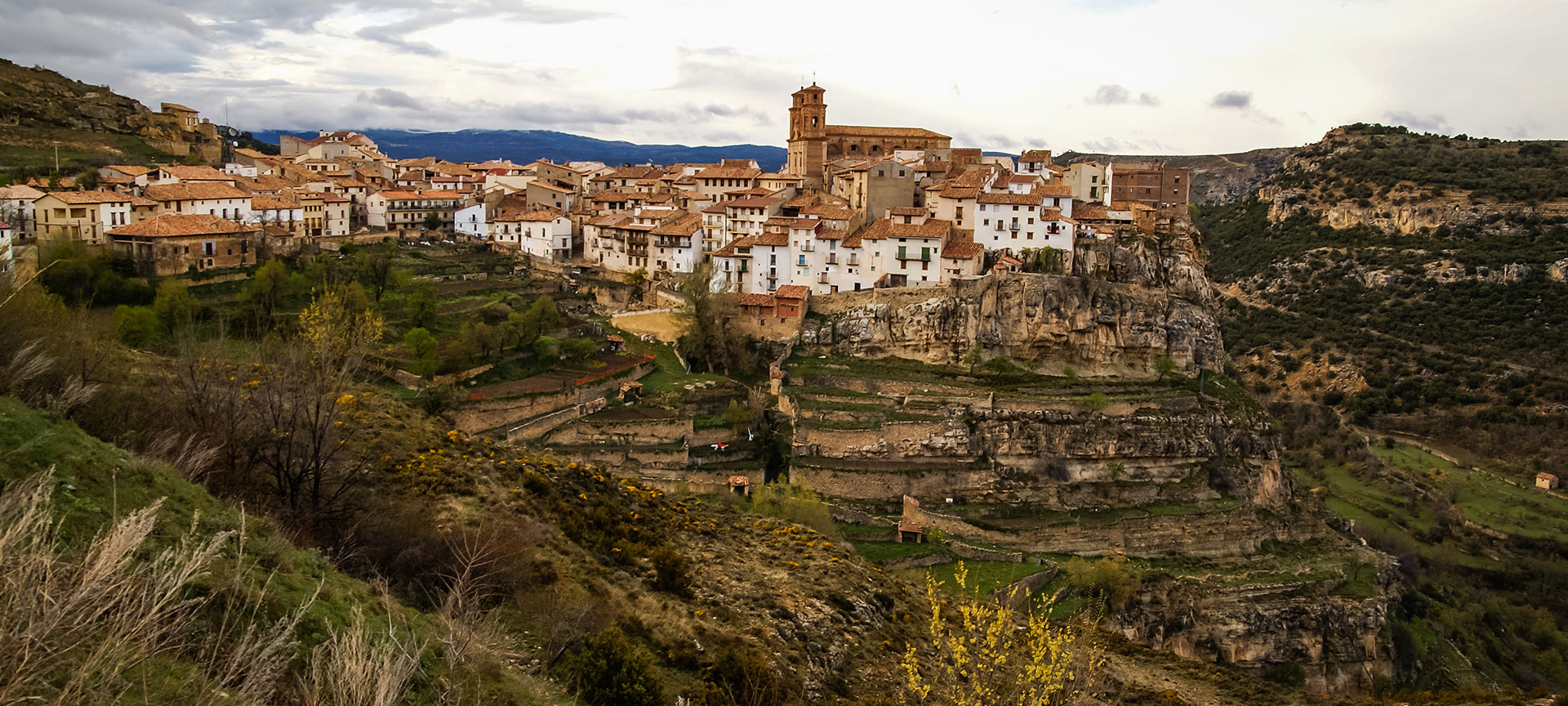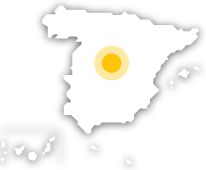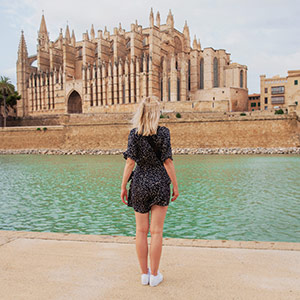
Maestrazgo Natural Monuments
Four protected areas of great scenic, geological and historical value
The area is an ideal enclave for activities such as caving, climbing, cycle touring and canyoning.
The Maestrazgo region, in the province of Teruel, is home to four of the six natural monuments of Aragón, which stand out for their unique beauty and their peculiar geological and natural characteristics.The Grutas de Cristal de Molinos consists of an extensive network of underground galleries and rooms filled with spectacular stalactites and stalagmites. This is also a very important archaeological site, in which fossils of mammals dating back over 100,000 years and the remains of the “Molinos Man”, dating back over 25,000 years were found here.Between the villages of Villarluengo and Ejulve lies the landscape of the Órganos de Montoro. It is a large rock face with limestone spires more than 200 metres high, reminiscent of the “pipes” of a cathedral organ. The action of water, wind and ice over time is responsible for these curious formations.In the municipality of Castellote, visitors can find the Puente de Fonseca bridge: a bridge of natural origin carved in rock by the Guadalope river. In addition to its unique landscape, the richness of the local plant and animal life stands out: crabs, otters, Bonelli's eagles and mountain goats coexist with willows, poplars, black poplars and Aleppo pines.Finally, the source of the river Pitarque is one of the most beautiful spots in Maestrazgo. Although the true source of the river is at Fortanete, its flow disappears as soon as it is born, only to rise again at Pitarque, gushing from the rock face through the hollow known as “el ojo de la fuente” (the eye of the spring). The path leading to the spring starts in the municipality.
Maestrazgo Natural Monuments
Activa JS
What you need to know
-
Cultural information
In this area you will have the opportunity to see examples of Levantine Cave Art, declared a World Heritage Site by UNESCO, in shelters such as La Vacada, with approximately one hundred figures, El Pudial or the Torico in the area of La Algecira, in Castellote. In Castellote, visitors you can also experience the Bosque Pétreo, also part of Dinópolis, where you will learn about a forest that is 110 million years old.
-
Environmental information
The mountain goat, one of the main symbols of the area, can be found on the route to these natural monuments. It coexists with other species such as bats, blackbirds, otters and crayfish. Furthermore, from the source of the Pitarque River you can admire the flight of the numerous colony of vultures that live nearby, over the hermitage of the Virgen de la Peña.The region also has a wide variety of flora. The land near the banks is rich in poplar, willow and alder trees. However, in the more mountainous areas, kermes oak, black juniper and pine predominate. In addition, you can experience the micro-climate created at the bottom of the gorge with its vertical walls near Pitarque river. Visitors will find rowan and hazelnut trees there, which are not very common in the area.
-
Information for visits
In order to admire these four natural monuments, there is an enormous variety of routes and trails. The most popular is the Silence Route, from which you can reach the Montoro Organs. In addition, there are other 'Tourist Trails', such as the walk around Castellote Castle.At the tourist office in Castellote (Plaza España, 3) they will inform you about everything you can do in the Maestrazgo region.



